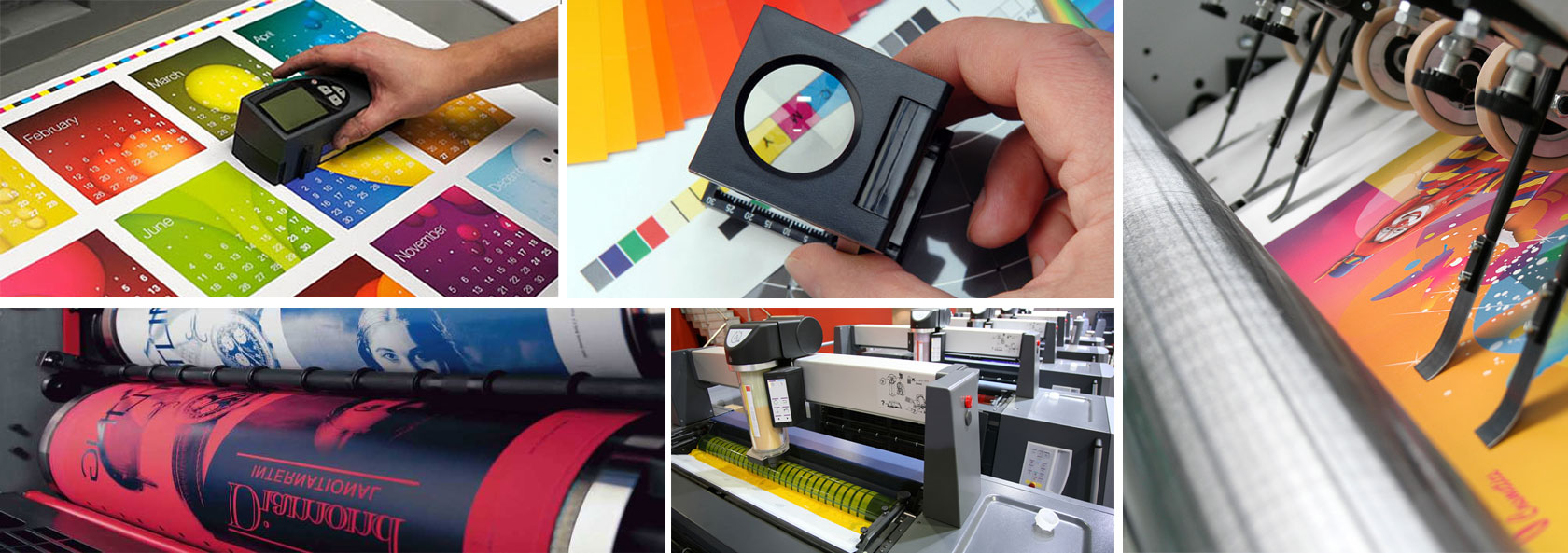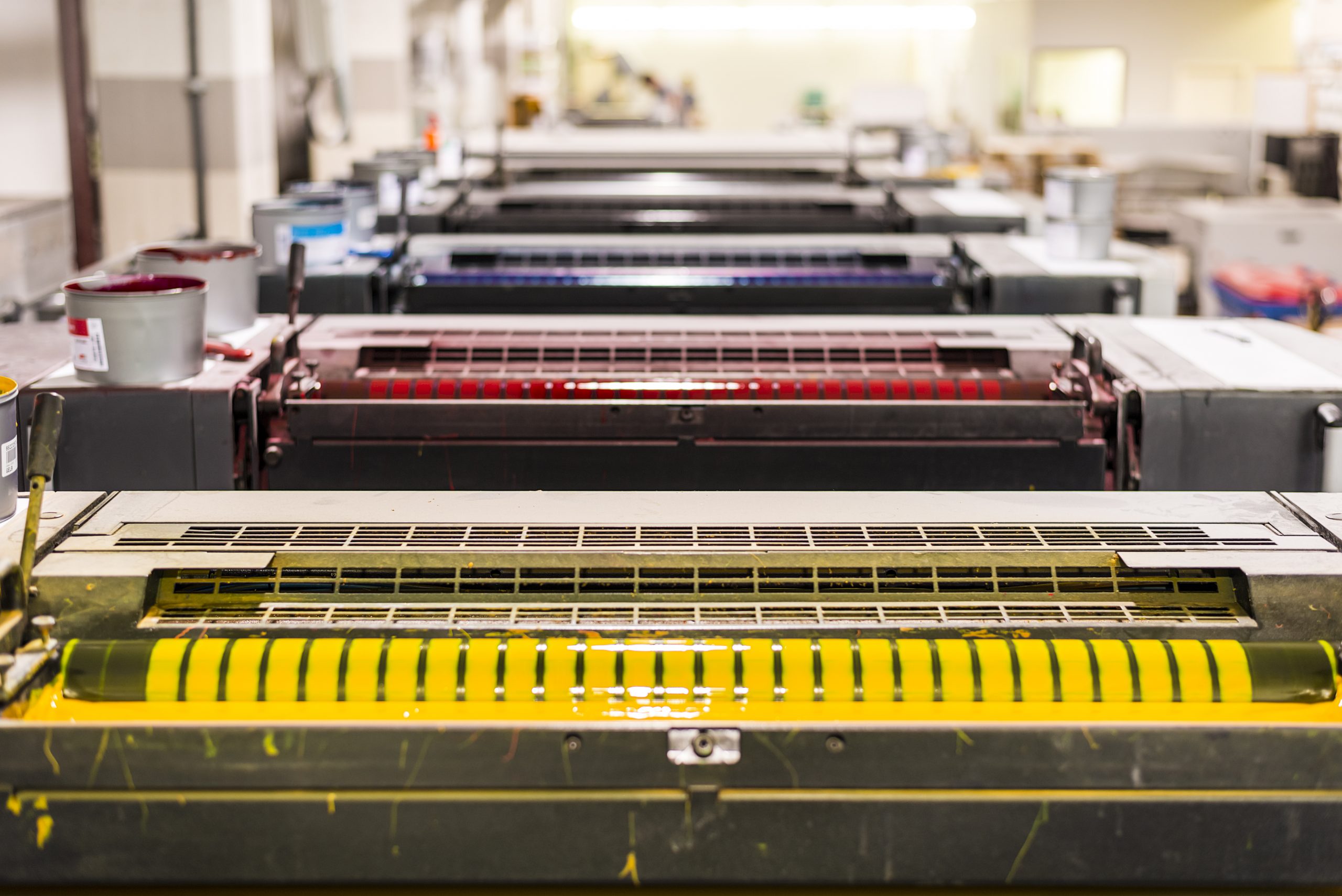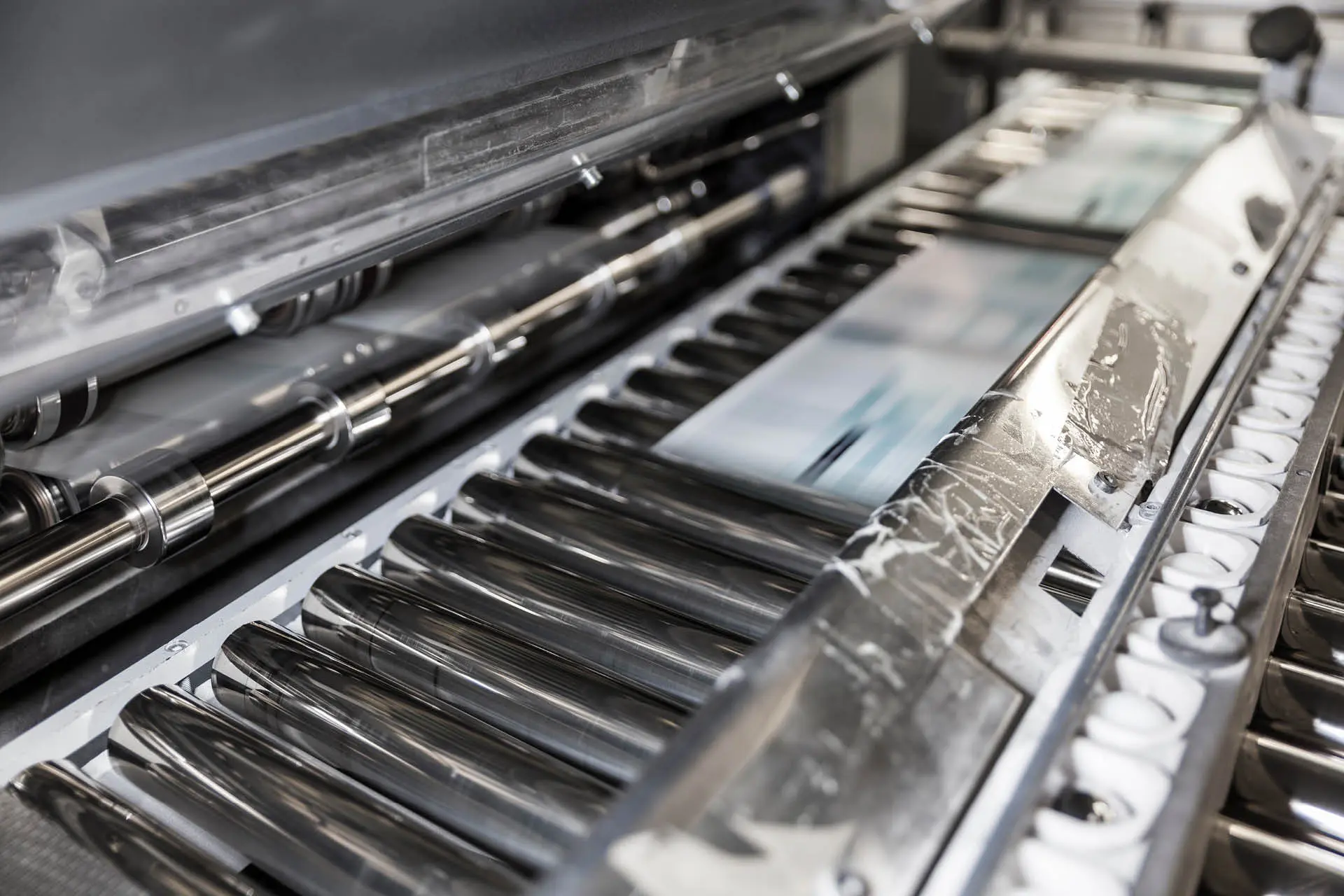Grow Your Brand with Top-Quality litho printing
Grow Your Brand with Top-Quality litho printing
Blog Article
A Comprehensive Guide to Understanding Litho Printing Methods
The globe of litho printing, a strategy originating from the late 18th century, is a fascinating mix of history, scientific research, art and development. This detailed overview will certainly unravel the intricacies of this printing approach, from the make-up of litho inks to the challenges encountered in modern applications. As we venture into the details of lithography, the significance of automation and sustainability in guaranteeing its future significance becomes progressively clear. Remain with us as we trip right into the fascinating world of litho printing.
The Historic Development of Litho Printing
The historical trajectory of litho printing, a critical advancement in the world of interaction, is a captivating tale of human resourcefulness. Birthed in the late 18th century by Alois Senefelder, this strategy was initially an economical approach of publishing theatrical works. Lithography, obtained from the Greek words for 'rock' and 'to write', used a smooth rock surface area to move pictures onto paper. The process evolved with the development of the rotary press, which substantially raised performance (litho printing). In the 20th century, the technology of countered lithography reinvented the sector, enabling automation of high-grade prints. Each phase of litho printing's evolution showcases humankind's unrelenting quest of effectiveness and high quality in aesthetic interaction.
Deciphering the Science Behind Litho Printing Inks
Progressing in the expedition of litho printing methods, the focus currently changes to the scientific research behind litho printing inks. The make-up of these inks, their drying process, and shade mixing strategies develop the backbone of this complicated art form. Recognizing these components is essential to understanding the craft and accomplishing the desired print outcomes.
Composition of Litho Inks
In lithographic printing, the basic role of litho inks can not be overemphasized. Pigments, the color-providing aspects, are finely ground bits suspended in the car, a liquid that carries the pigment onto the printing surface area. Each component plays a critical part in the last print's top quality, making the precise formulation of litho inks an elaborate science.
Ink Drying Process
From the composition of litho inks, interest turns to the fascinating procedure of ink drying. Two key approaches are utilized in litho printing: oxidative drying and absorption. Absorption, on the various other hand, involves the ink seeping right into the paper fibers, which is a much faster process but can lead to less vivid shades.
Color Combining Methods
While the drying process plays a key duty in litho printing, the science of color blending methods holds equal significance. This is an intricate procedure that involves the cautious mixing of primary colors: cyan, magenta, and yellow, in differing proportions to attain a vast selection of hues. The enhancement of black ink, referred to as 'vital', helps in regulating the strength and depth of the colors. The science behind litho printing inks likewise takes right into account the transparency of the ink, which affects exactly how colors overlay and mix. To attain an efficient color mix, print experts must additionally understand the intricacies of ink habits, color theory, and the physical residential or commercial properties of the substrate on which the ink is used.
The Art and Design Elements in Litho Printing
Litho printing breathes life right into art and style via its distinct components. The process involves creating an image on a lithographic limestone plate or metal plate with a smooth surface area. The picture is then published onto a medium, normally paper, by moving the ink from the plate. What collections litho printing apart is its ability to duplicate intricate styles with high integrity, making the result nearly similar to the original artwork. This is attained via making use of different line methods such as stippling, cross-hatching, and hatching, which enable a series of tonal effects. Litho printing fits a selection of colors, making it possible for artists to create vibrant look at here and dynamic prints. This mix of precision and adaptability makes litho printing a favored option for numerous artists and designers.
Modern Applications of Litho Printing Techniques
Litho printing methods have located comprehensive use in the contemporary industrial sector. Its impact and value remain to expand with the development of brand-new innovations and technologies in the area. This section will discover these contemporary applications and the transformative function they play in the printing market.
Industrial Litho Printing Makes Use Of
In today's digital age, one may question the relevance of typical printing methods. Litho printing stays a critical part of the business industry. High-volume printing tasks, such as the manufacturing of books, papers, and packaging, rely on litho printing for its capacity to supply exceptional image high quality and price efficiency. The process, which entails moving a tattooed image from a plate onto a rubber blanket and then to the printing surface area, supplies unmatched consistency. This makes it ideal for jobs needing a big print run. Litho printing likewise offers a wide shade range, superior to that of digital printing. This makes it the best choice for projects that demand dynamic, top notch shade recreation.
Developments in Litho Printing
Pushing the borders of standard strategies, contemporary improvements have actually Check This Out fueled a host of technologies in litho printing. One popular growth is digital litho printing, which incorporates the virtues of electronic technology with litho's high-grade outcome. These advancements highlight the enduring significance of litho printing in the modern-day world.
Checking out the Refine of Litho Printing: Action by Action

Difficulties and Solutions in Contemporary Litho Printing

Regardless of the precision and practice that litho printing proudly maintains, it is not without its set of contemporary difficulties. Digital litho printing allows for cost-efficient short runs and easy personalization, dealing with the problem of variable data. Therefore, while there are difficulties, the litho printing sector is proactively adapting to meet them head-on, ensuring its relevance in the future.
Conclusion
In verdict, litho printing, with its rich background and scientific complexities, holds a considerable place in the print sector. The future of litho printing hinges on its capacity to adapt to these transforming needs, verifying its enduring worth in an advancing market.

Report this page